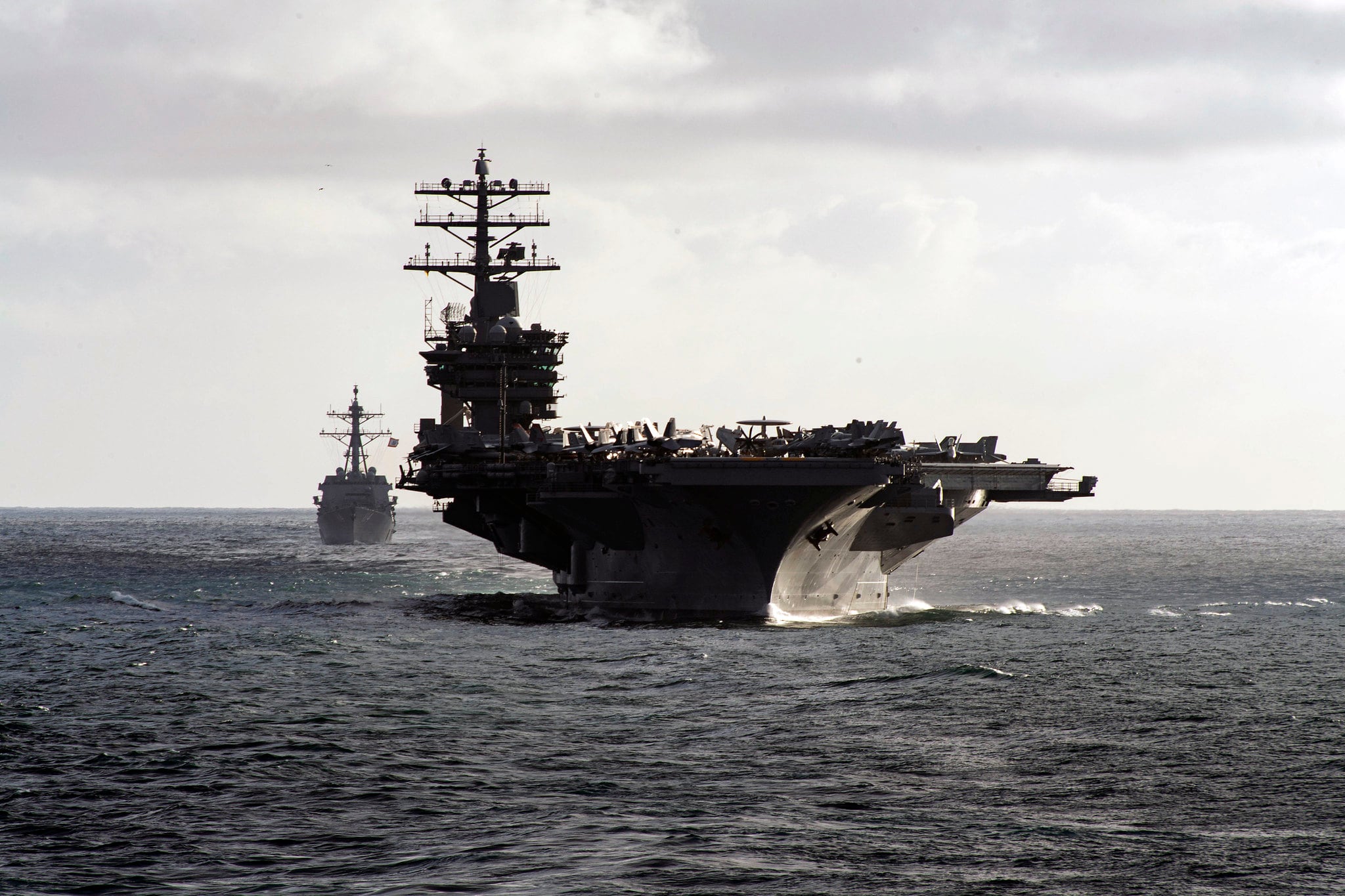WASHINGTON — The Pentagon plans to include funding in its fiscal 2022 budget request to increase military sealift capabilities, including through the use of commercial vessels, Defense Secretary Mark Esper said in comments Thursday.
“When you look at those, you got to make sure you understand the flow of forces, that strategic mobility you’re talking about. And when I think about strategic mobility I think about the airlift and sealift principally,” Esper said in comments at the Heritage Foundation.
“We have worked that pretty hard with Transportation Command, we’ve come up with some new concepts whereby we can accelerate the process to get adequate sealift by recapitalizing our sealift fleet with — use commercial vessels,” he said. “And so those are some of the things you’ll see coming out in our budget there in February to do that.”
Esper did not reveal further details of the plan, which came in context of the need to increase strategic mobility overall in order to advance the Pentagon’s efforts toward updating future war plans.
RELATED

As the Pentagon has shifted its focus away from long-running conflicts in the Middle East and toward the idea of great power competition with Russia and China, the limited sealift capabilities has grown as a concern for department planners.
A 2018 congressional report estimated that about 90 percent of all equipment used by the Army and Marine Corps in a major contingency would be transported by sea. And a major test of sealift capabilities at the end of 2019 found that only 40.7 percent of the 61 ships operated by Military Sealift Command and the Maritime Administration were fully ready to support a major sealift operation.
Esper also identified concerns about the tanker fleet, in particular the slow progress of the KC-46 Pegasus, a Boeing-made plane that has been plagued with ongoing technical issues.
“Clearly we’ve had challenges” with the KC-46, Esper said, adding that he is “really focused right now in that leg with regard to tankers because we know we need 487 tankers out there. So I have to extend the life of the current fleet, and at the same time try and pull to the left that future fleet.”
Esper also indicated concerns about munition levels, saying the country needs “sufficient munitions."
"There’s all these things out there that you have to buy, that you have to procure, make sure that they’re ready at a moment’s notice” should conflict break out, he explained.
In its FY21 request, the Pentagon sought $21.3 billion in munitions, including $6 billion for conventional ammunition, $4 billion for strategic missiles and $11.3 billion for tactical missiles. Munitions and missiles made up 8.8 percent of overall procurement in the budget request.
David B. Larter in Washington contributed to this report.
Aaron Mehta was deputy editor and senior Pentagon correspondent for Defense News, covering policy, strategy and acquisition at the highest levels of the Defense Department and its international partners.








